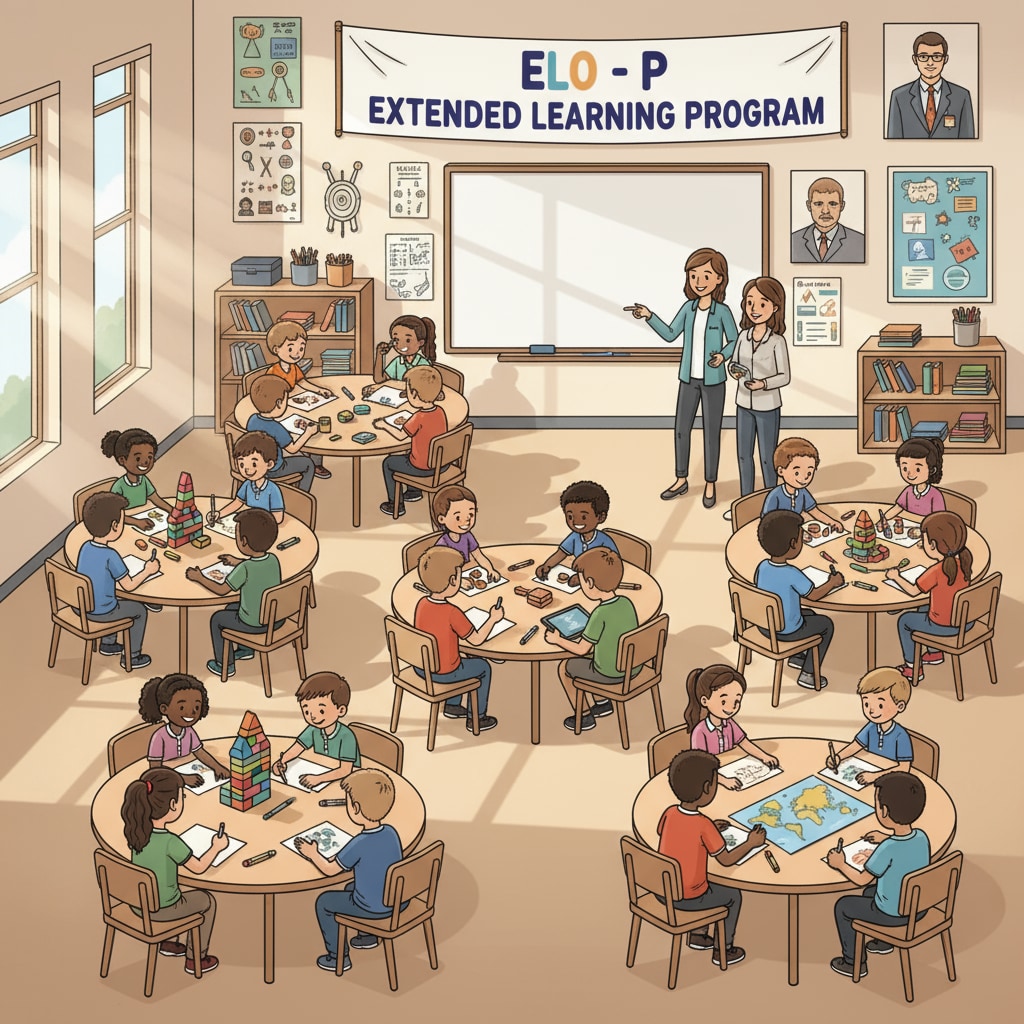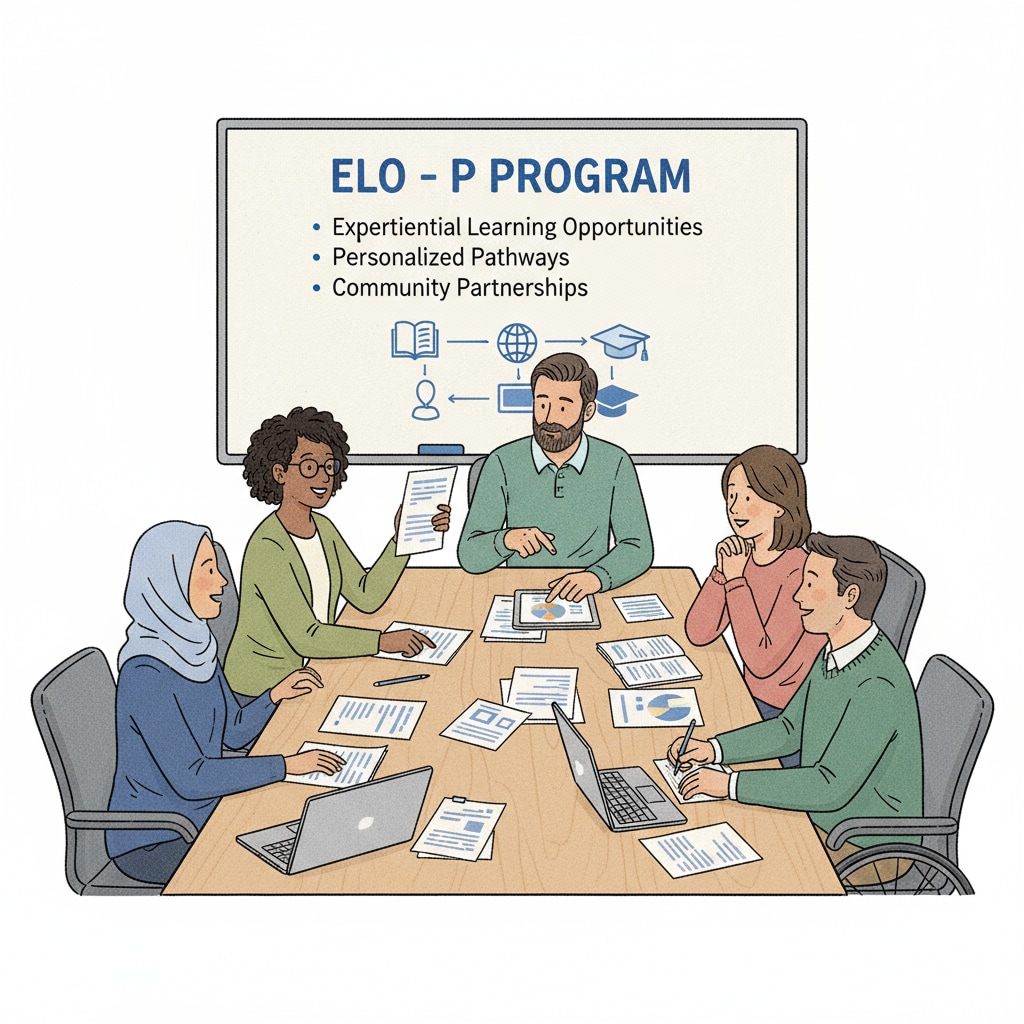The California Extended Learning Opportunity Program (ELO-P) is a crucial initiative that intertwines education funding and extended learning to foster student development. As this significant educational investment faces a comprehensive evaluation, it’s essential to understand its impact from various perspectives.

The Significance of ELO-P
The ELO-P aims to provide students with additional learning opportunities beyond the regular school day. By allocating education funds strategically, it seeks to bridge learning gaps, enhance academic performance, and promote holistic development. For example, it can offer after-school programs, summer learning sessions, and enrichment activities. According to California Department of Education’s official page on ELO-P, these initiatives are designed to meet the diverse needs of students.
Community Feedback on ELO-P
Community feedback plays a vital role in assessing the effectiveness of ELO-P. Parents, educators, and students have shared their thoughts on how the program is being implemented. Some parents appreciate the additional support their children receive, stating that it has improved their academic confidence. However, some also express concerns about the availability and quality of certain extended learning activities. Educators, on the other hand, highlight the need for better training and resources to deliver these programs effectively. As reported by Education Week, gathering such feedback is essential for making informed decisions.

Implementation challenges are inevitable in any large-scale educational program. ELO-P is no exception. One of the main hurdles is ensuring equitable distribution of funds across different regions and schools. Some areas may have more resources and better infrastructure to implement extended learning programs, while others struggle. Additionally, coordinating with various stakeholders, such as schools, community organizations, and parents, can be complex. Despite these challenges, there are also many success stories. Some schools have seen a significant improvement in student attendance and academic performance through well-planned ELO-P initiatives.
In conclusion, the California ELO-P program holds great promise in using education funds for extended learning and student development. However, to fully realize its potential, continuous evaluation, community engagement, and targeted improvements are necessary. Educators, parents, and policymakers must work together to ensure that every student benefits from this valuable educational investment.
Readability guidance: This article uses short paragraphs and lists to summarize key points. Each H2 section provides relevant information. The proportion of passive voice and long sentences is controlled, and transition words are used throughout for better flow.


